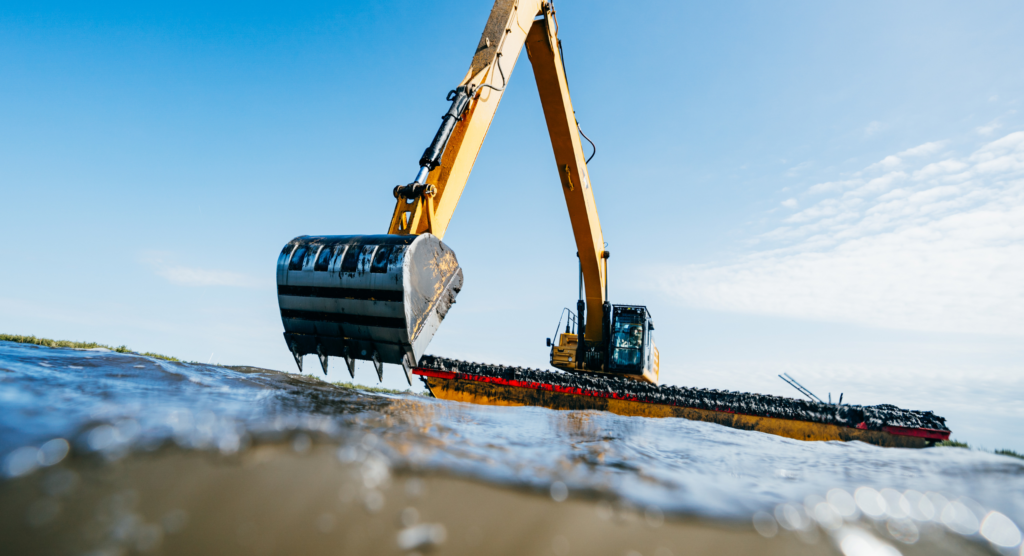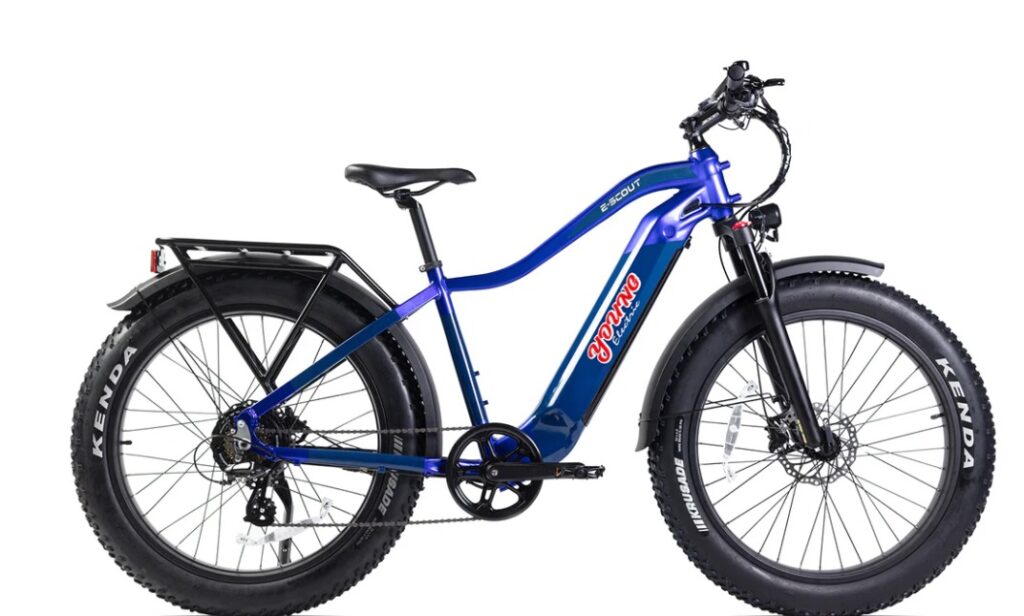Marshes and wetlands are some of the most vital ecosystems on Earth. They act as natural water filters, provide habitats for wildlife, and help prevent flooding by absorbing excess water. However, these ecosystems are under threat due to climate change, urbanization, pollution, and invasive species. In recent years, specialized equipment—known as marsh machinery—has emerged as a key player in environmental restoration projects. These machines help restore and protect delicate marsh ecosystems, ensuring their continued health and resilience.
The Importance of Marshes and Wetlands
Before diving into the mechanics of marsh machinery, it is essential to understand the significance of marshes and wetlands in the broader context of environmental conservation.
Vital Ecosystem Services
Marshes and wetlands provide numerous ecosystem services that benefit both wildlife and humans. These include:
- Water filtration: Marshes act as natural filters, trapping pollutants and improving water quality.
- Flood regulation: Wetlands absorb excess rainwater and runoff, helping to mitigate flooding.
- Carbon storage: Wetlands sequester carbon, playing a role in climate change mitigation.
- Biodiversity support: Marshes are home to diverse plant and animal species, some of which are unique to these environments.
Marsh Machinery: Specialized Equipment for Restoration
Marsh machinery refers to specialized tools and vehicles designed to operate in wetland environments. These machines are engineered to navigate the soft, often flooded, terrain of marshes without causing significant damage to the environment. The primary objective of marsh machinery is to assist in various tasks such as excavation, vegetation management, and the removal of invasive species.
Types of Marsh Machinery
- Hydraulic Excavators Hydraulic excavators are one of the most common types of marsh machinery. These machines are equipped with long arms, pontoons, and specialized tracks, allowing them to traverse waterlogged terrains. They are primarily used for excavation and reshaping marshland, helping to restore water flow and create habitats for wildlife.
- Swamp Buggies Swamp buggies are versatile vehicles that are specifically designed to operate in marshes and wetlands. These machines feature large, wide tires that allow them to float on the water’s surface, reducing the risk of sinking into the marsh.
- Vegetation Management Equipment Specialized machinery like marshmowers and aquatic weed harvesters are used to manage the growth of vegetation in marshes and wetlands. These machines are equipped with cutting blades that can trim invasive species or excess plant growth, allowing for a more balanced ecosystem.
Role of Marsh Machinery in Invasive Species Removal
One of the most pressing challenges in marsh and wetland restoration is the management of invasive species. These non-native plants and animals can quickly take over, outcompeting native species and disrupting the ecosystem.
Efficient Invasive Species Removal
Marsh machinery plays a pivotal role in removing invasive species from wetlands. Swamp buggies, for example, are often used to transport workers and equipment to remote areas where invasive plants like cattails or phragmites have spread. Once in the field, machinery such as aquatic weed harvesters can cut and remove these invasive species, restoring the natural balance of the ecosystem.
Example: Removing Invasive Phragmites
Phragmites, or common reeds, are one of the most problematic invasive species in wetlands. Its rapid growth can choke out native plants and reduce biodiversity. In many restoration projects, marsh machinery is used to remove large swathes of this invasive species. The excavation machines and specialized cutting equipment can clear the area, allowing native plants to regain a foothold and restore the ecological balance of the marsh.
Enhancing Habitat Restoration and Biodiversity
Beyond removing invasive species, marsh machinery also plays a crucial role in enhancing habitat restoration and supporting biodiversity.
Habitat Creation and Enhancement
Excavators and amphibious graders are often used to reshape the marsh landscape, creating channels, ponds, and other water features that support a variety of wildlife. By restoring the natural hydrology of a marsh, these machines help to ensure that water flows appropriately, preventing the land from becoming too dry or too flooded.
Creating Bird Habitats
Marshes are critical habitats for birds, especially migratory species. By using marsh machinery to clear away dense vegetation and create open spaces, these machines help facilitate the development of areas where birds can nest and feed. Wetland restoration projects often use this machinery to create shallow ponds and mudflats, which attract birds seeking feeding grounds during migration.
Conclusion
Marsh machinery plays an indispensable role in environmental restoration projects, providing efficient and effective solutions for restoring delicate marsh and wetland ecosystems. Through its ability to remove invasive species, manage vegetation, and enhance habitats, this specialized equipment is helping to protect and rejuvenate vital ecosystems. As the need for conservation and restoration efforts continues to grow, the importance of marsh machinery will only increase, enabling us to safeguard these precious environments for future generations.
FAQs
1. What is marsh machinery used for?
Marsh machinery is specialized equipment designed for use in marshes and wetlands. It is used for tasks such as vegetation management, excavation, sediment removal, and the removal of invasive species.
2. How does marsh machinery help in the removal of invasive species?
Marsh machinery, such as swamp buggies and aquatic weed harvesters, helps efficiently remove invasive species like phragmites and cattails.
3. Can marsh machinery be used in wetland restoration?
Yes, marsh machinery is a key tool in wetland restoration. It helps reshape landscapes, manage vegetation, and restore water flow, all of which are essential for revitalizing wetland habitats and supporting biodiversity.
4. What are the environmental benefits of using marsh machinery?
Marsh machinery offers several environmental benefits, including efficient restoration of habitats, improved water quality, and the removal of harmful invasive species.






